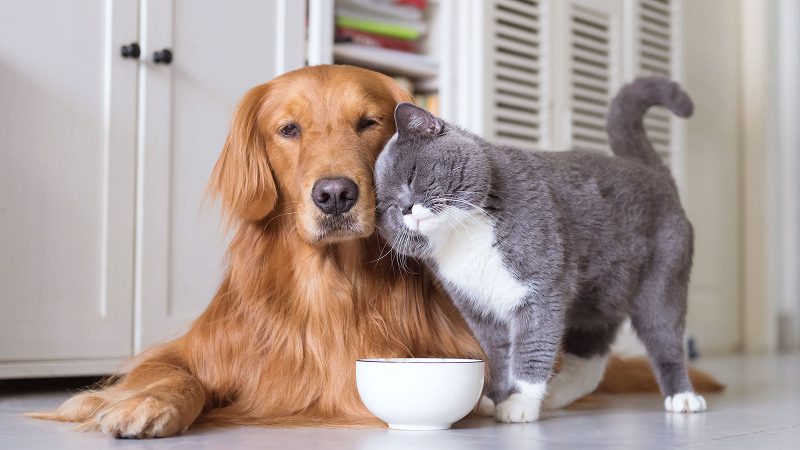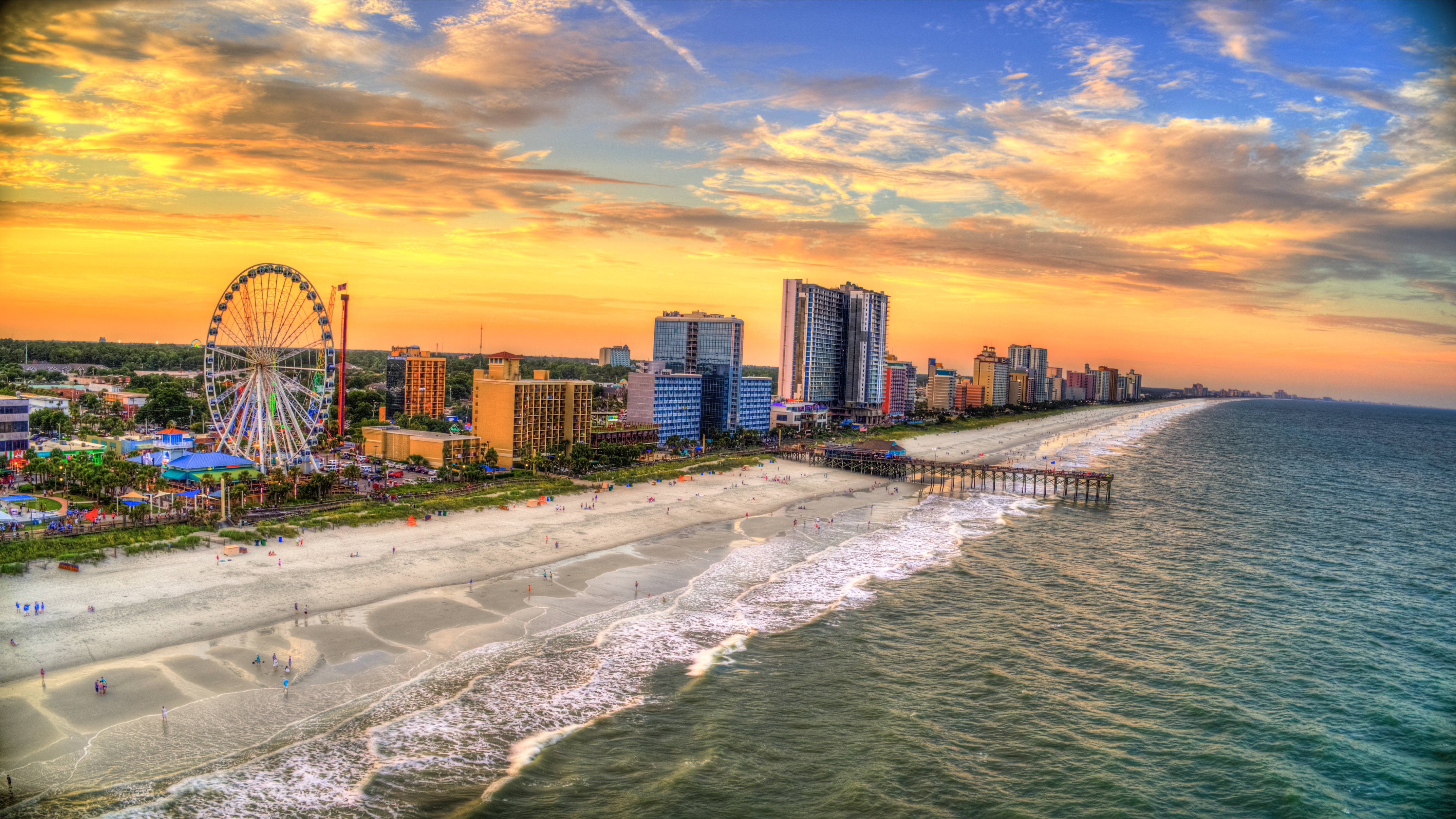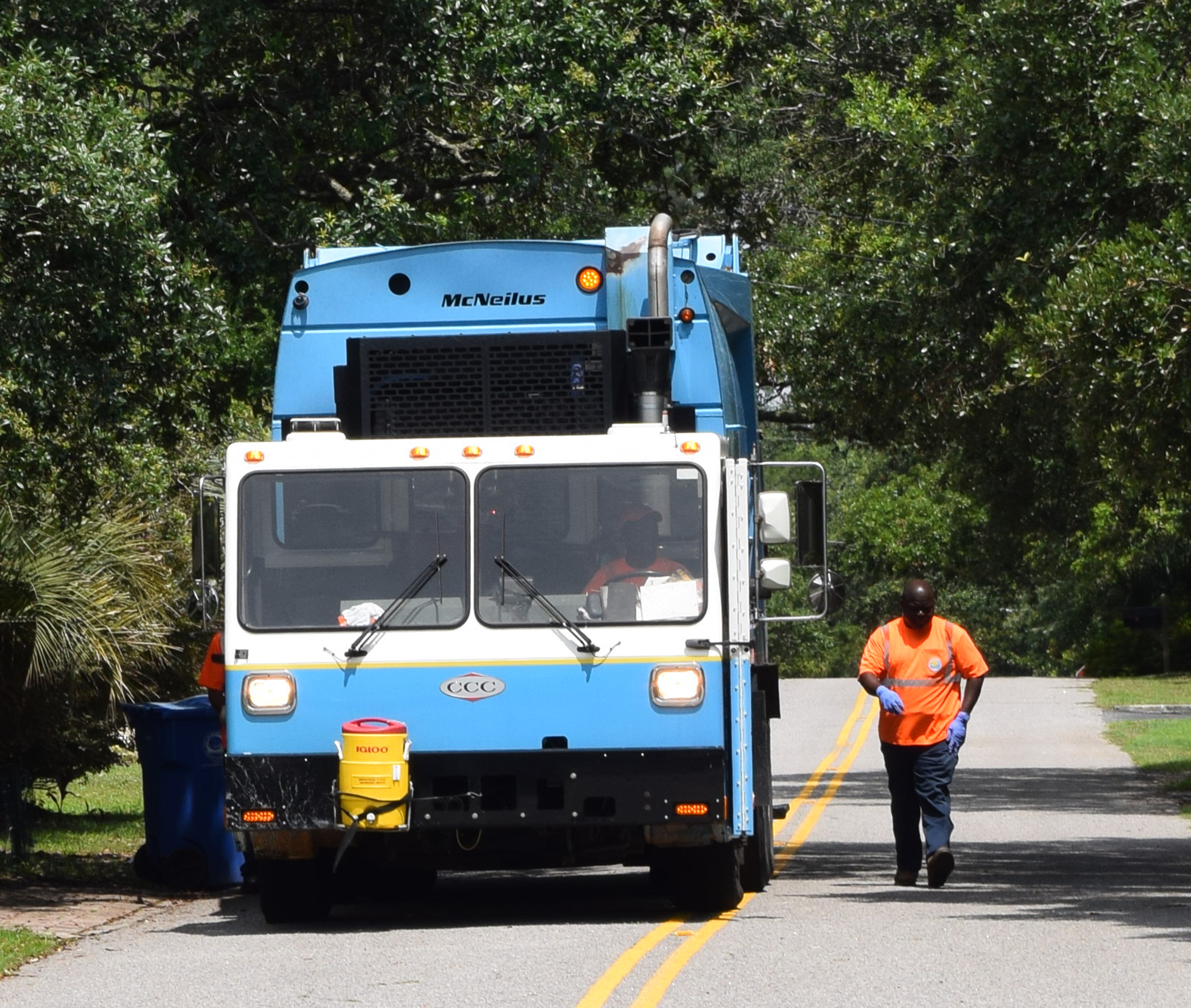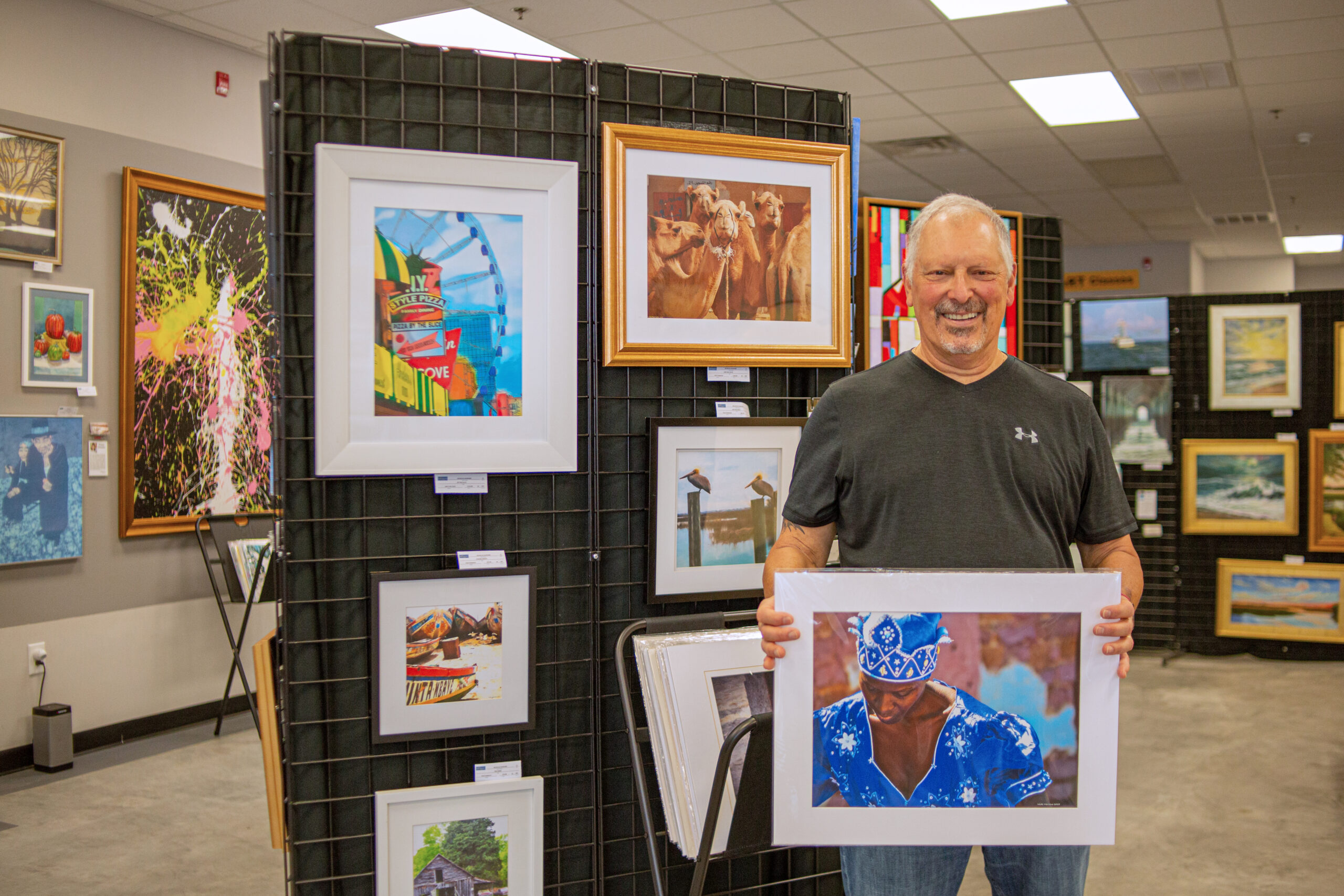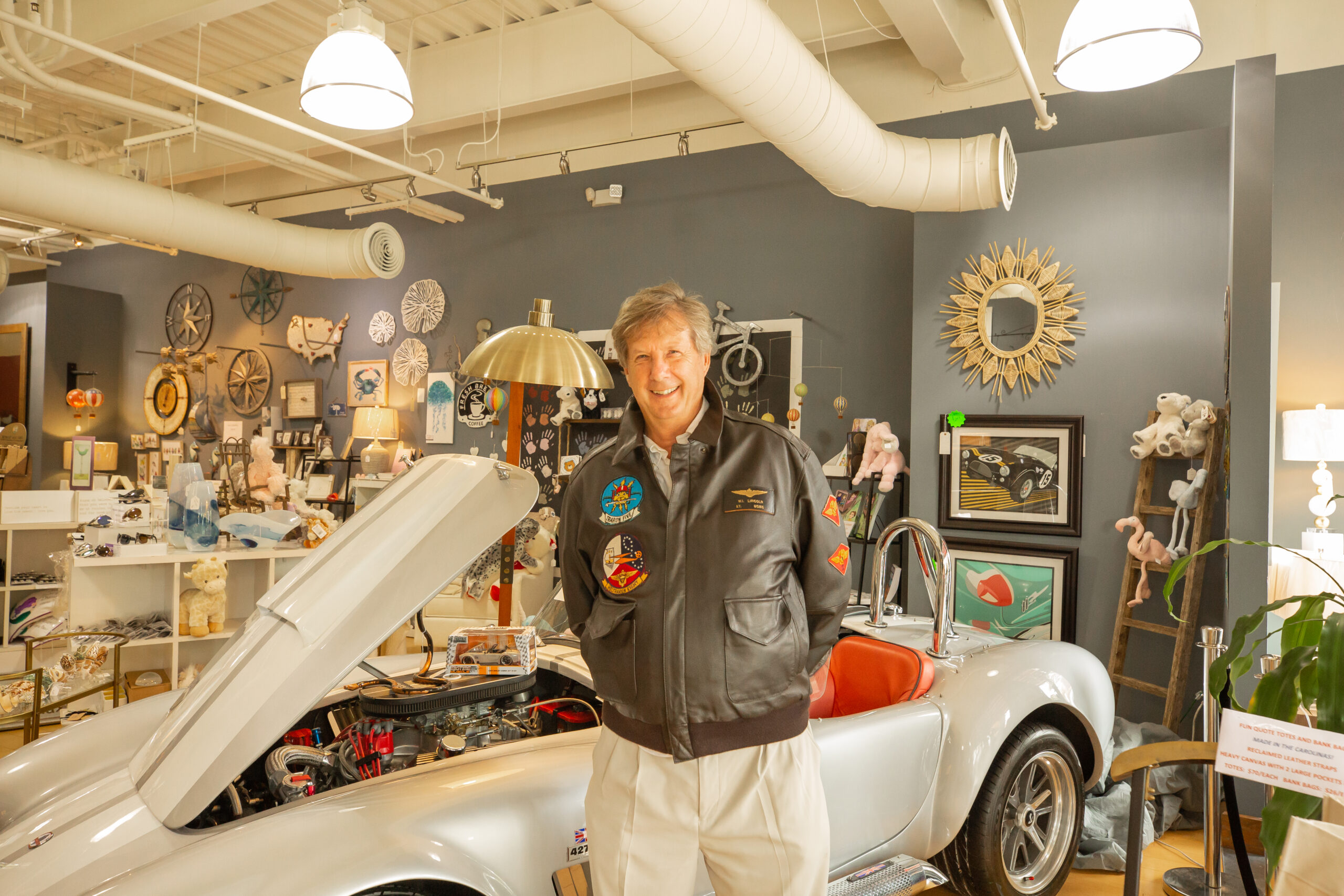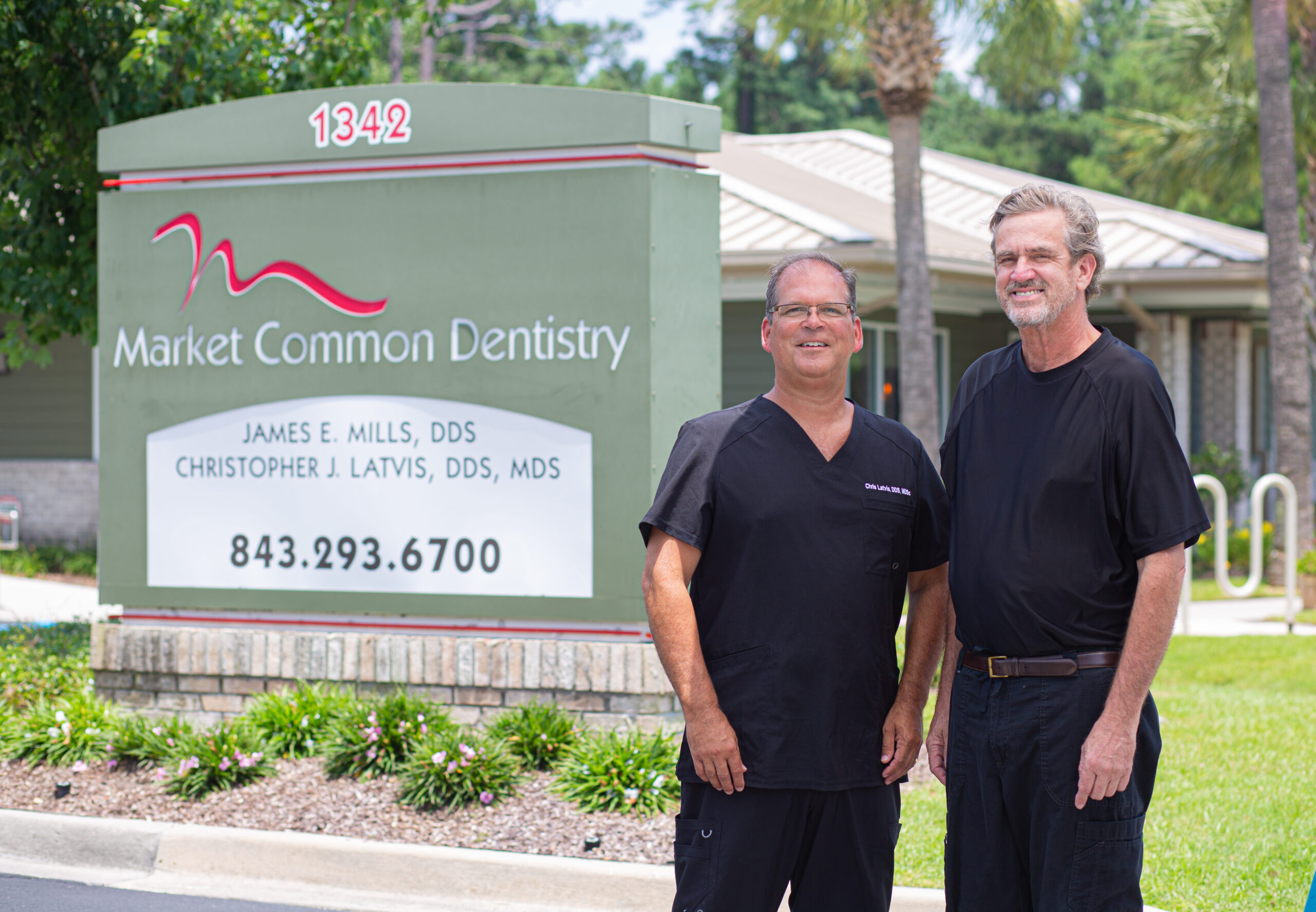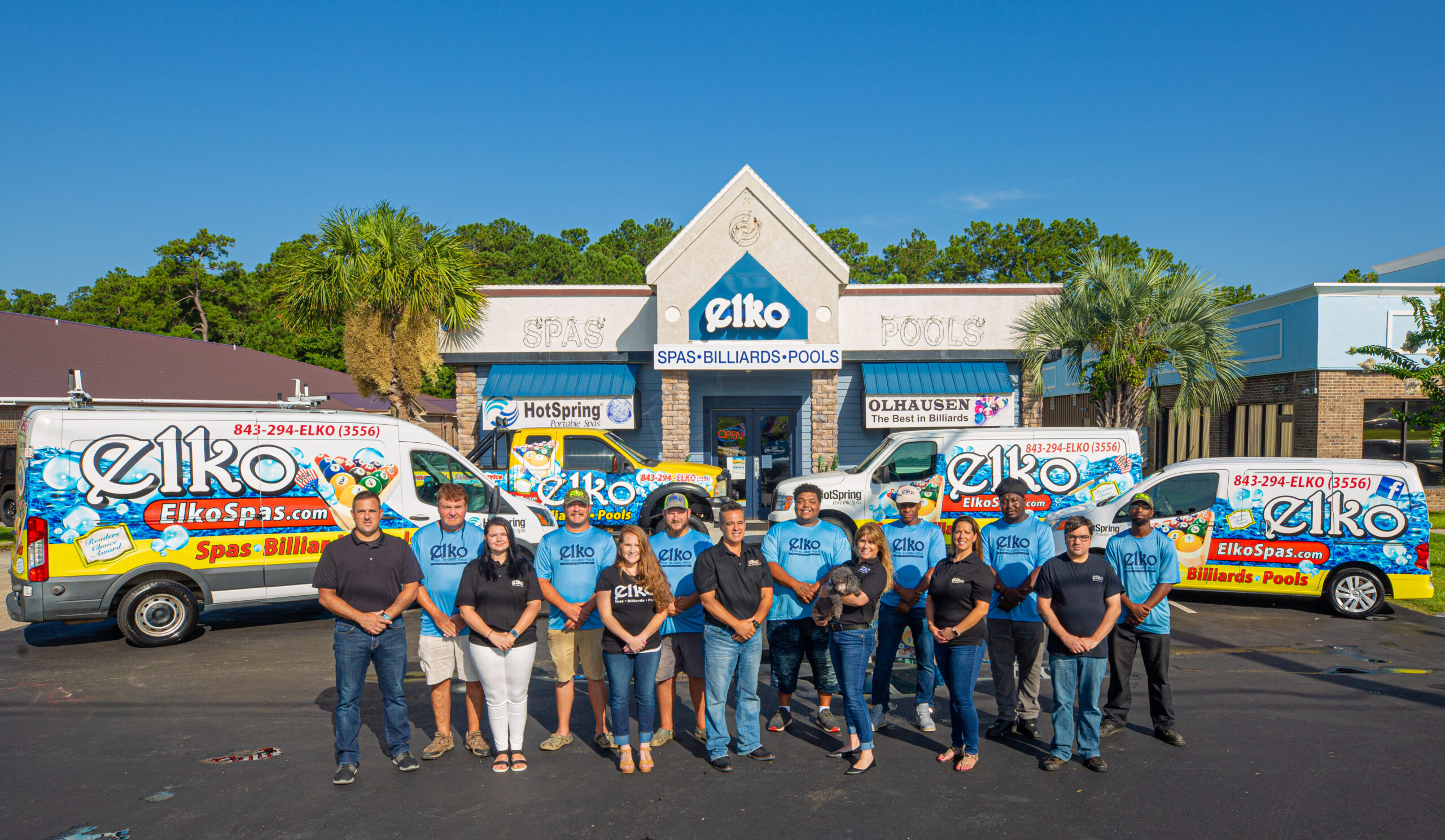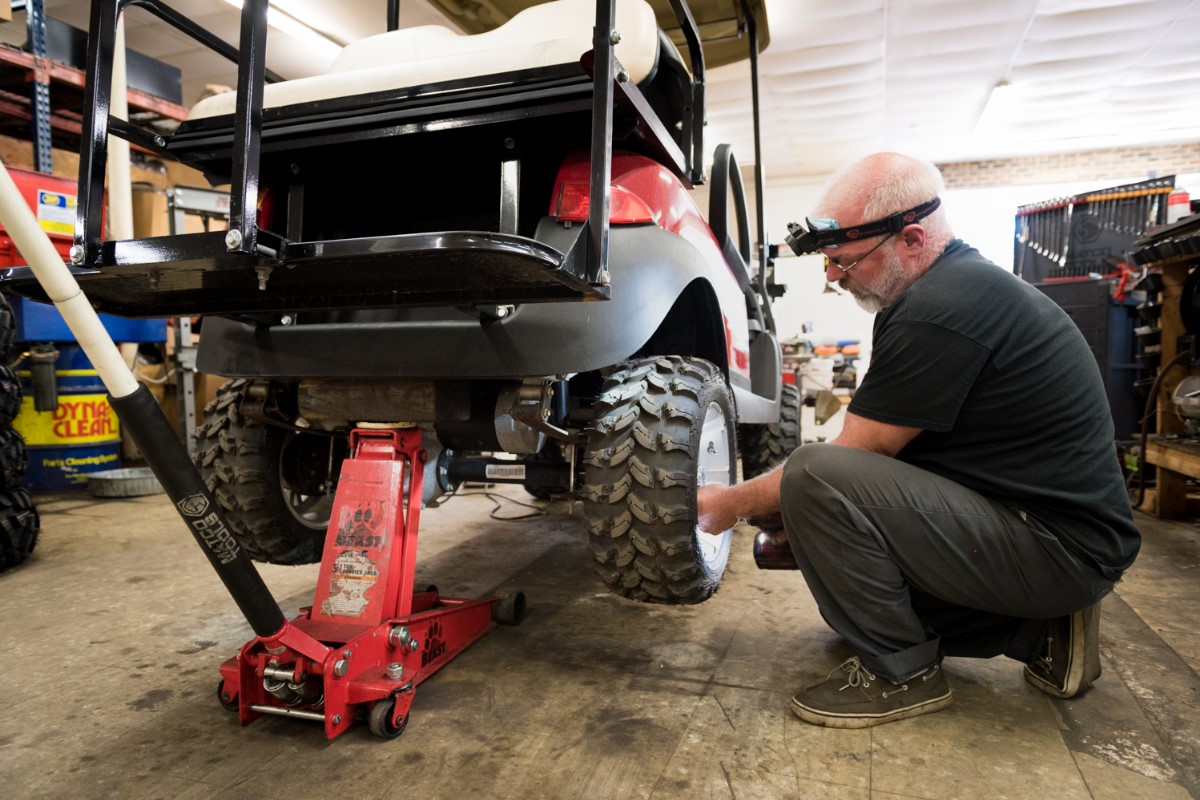Dr. Gwynn Hardee and His Special Bond with Animals
Veterinary Medicine with Meadowlawn Animal Services by Melissa LaScaleia Horry County native Dr. Gwynn Hardee has been practicing veterinary medicine at his clinic, Meadowlawn Animal Services, for more than forty years. He grew up on his family’s farm in Loris, where, as a boy, he nursed his dog Brownie back to health after the animal was hit by a car. As a teenager, Gwynn enrolled at Clemson University as a chemistry major. “I loved chemistry, but I forgot there was more quantum mechanics and math involved in it than I was used to, so I transferred into animal science,” he says. “I hadn’t really thought about being a veterinarian at the time.” He moved to Atlanta after he graduated from college and began work with Dekalb County Animal Control in the early 1970s. With a limited budget and handling about 20,000 sick and unwanted animals a year, Gwynn was determined to find a better way of managing things. So he formed an advisory board of veterinarians to improve conditions in the shelter. “After a couple of years, one of these veterinarians looked at me, said, ‘You need to go to veterinary school,’” says Gwynn. He applied and was accepted into the University of Georgia College of Veterinary Medicine in 1975. In 1979, he graduated and returned to his stomping grounds in Conway, where he opened his first practice, Meadowlawn Animal Services. Today there are three locations in Conway, Loris and the Market Common. The veterinary day-clinic provides full health care onsite, including exams; vaccinations; in-house lab testing; OTC prescription products; radiographs (x-rays); laser therapy; dental care; surgeries; and boarding. A Televet app even allows clients to email, Skype or video chat their questions to save them a trip to the office. House calls are also an option. “Being a vet is a two-fold reward,” says Gwynn. “One: you’re helping the pet to have a better quality of life, which is why I originally became a vet. You also help the owner to enjoy, lengthen and strengthen their bond with their pet, which is really an amazing bond.” “Some decisions that pet owners make cut that time short, and we try to help them to make better decisions,” he continues. “Sometimes it does boil down to economics, as in, they know what the best thing is for their pet, but can’t afford it. And we always work with that constraint.” But, no matter what, the staff at Meadowlawn goes above and beyond their duties at the clinic in their love and care for animals. “We believe that there’s a right way to do things, and if you do it right, you get better results,” says Gwynn. “We really care about the pets and everybody that comes in here knows that.” When Dr. Hardee is off-duty, he’s still surrounded by animals on his farm in Loris, which he shares with the love of his life, Peggy, a horse vet. They have eighteen quarter horses, nine poodles, one Chinese crested, five Russian wolfhounds, one Scottish deerhound, one golden retriever, one Chesapeake Bay retriever, one Scottish terrier and a cat named Boo Kitty the Terrible. Meadowlawn Animal Services Envelope Globe Phone-alt

